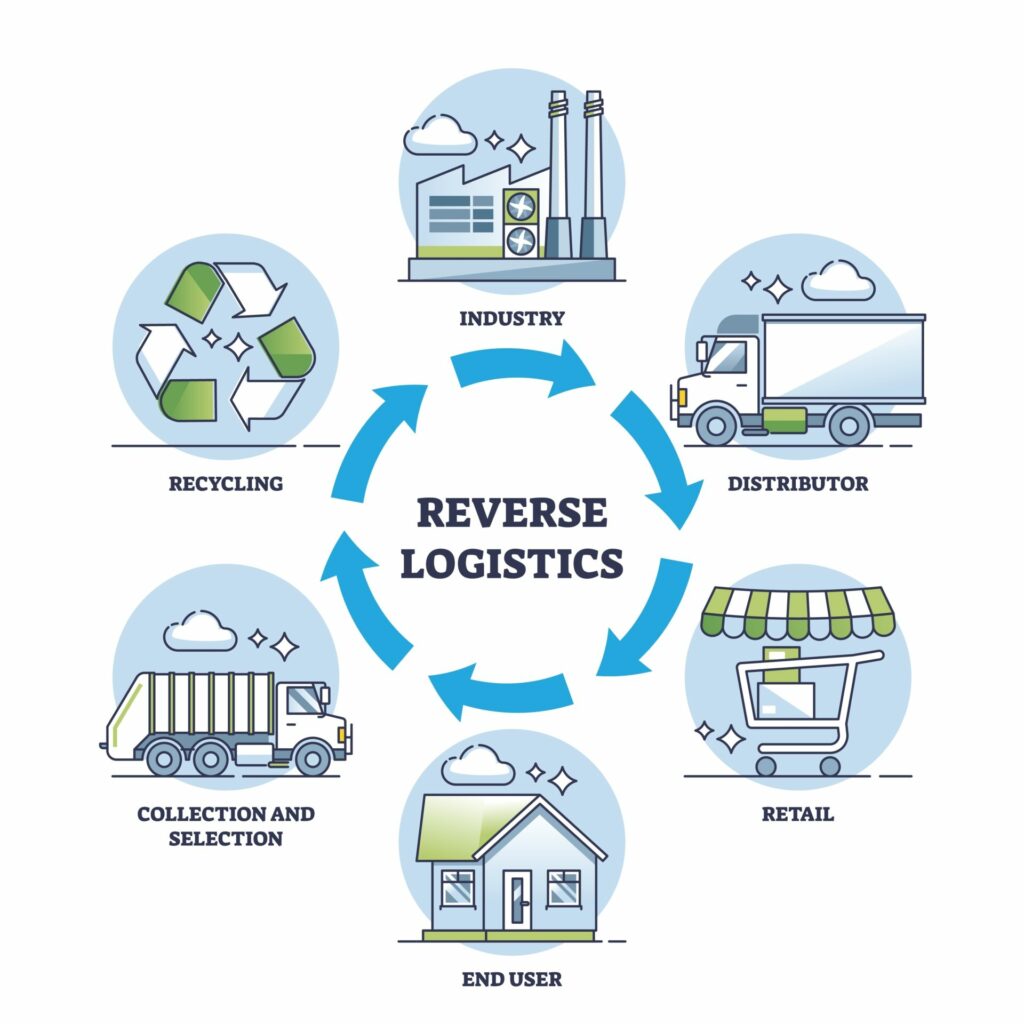[This is an updated post from December 8th, 2021]
2023 is right around the corner – and that means the post-holiday season return peak is almost here.
While no e-commerce brand wants to experience an increase in customer returns, a bump in return requests is a perfectly normal as a result of increased sales during the holiday season.
Holiday e-commerce sales are forecast to increase by 12% over last year’s holiday season to reach over nearly $240 billion. But with consumers online shopping for friends, families, co-workers and more, it’s hardly surprising that not every purchase ends up being the perfect gift.
Thus, we have what is known as the ‘return peak’. Simply put, it’s the period following the New Year where holiday returns spike and requests for store credit and to exchange items see a significant uptick – and of course, so do requests for a full refund.
While we don’t love products bouncing back into the warehouse, a streamlined return process is a guaranteed way to enhance customer loyalty and fuel repeat sales from holiday shoppers.
Why? Because a customer experiencing easy holiday returns is far more likely to shop at the same brand again. In fact, a whopping 92% of customers will buy from a brand again, so long as the returns process isn’t too difficult to navigate.
However, this means the reverse is also true. A complex, confusing post-holiday returns workflow = a lot of unhappy customers.
So, how can you ensure that your brand’s holiday returns process enhances the customer experience, instead of hindering it? That’s exactly what Sippin’ n Shippin’ is driving into today.
Make sure your returns policy is easy to find
In digital age, transparency plays a large role in the e-commerce holiday shopping experience. Consumers want a straightforward, smooth service and return policies – and they aren’t afraid to speak up if they feel a brand isn’t meeting their standards.

While customer reviews can promote increased conversions and longer session times on your site, a negative review about your returns process or an overly restrictive return policy can scare new customers away. A whopping 88% of consumers admit to trusting online reviews as much as personal recommendations!
Establishing a transparent, easy-to-find return policy helps offset negative reviews and create an overall post-holiday return experience. Studies show that over two-thirds of customers check a return policy before making a purchase, so it’s imperative for e-commerce brands to have their return policy listed generously on their website.
Moreover, it’s prudent to adjust your return policy for the holiday season to accommodate changes in shopping behavior. For example, earlier holiday shopping in 2022 is driving many retailers to host earlier promotions and discounts. Unless you offer an extended return window on holiday purchases, recipients won’t have received their gift within the regular 30-day time frame.
One way to do this is by product category and giving more high-end purchases, like electronics and entertainment items, a longer return window than seasonal merchandise in your return policy. Alternatively, you could class items purchased that have a high risk of dead stock as non-returnable items, or else charge consumers restocking fees or return shipping fees to help offset the loss.
Whether your return policy is within the FAQ section of your site, on your homepage, included at the checkout, or all of the above, having an easily accessible policy during the holiday season can prepare your customers for the post-holiday returns process and help to eliminate any unfortunate surprises.
Not sure where to start? .
Streamline your returns process with self-service
It’s said that roughly one third of all returns take place between the months of October and January. And with holiday shoppers starting their gift shopping earlier and earlier each year, the holiday return period is becoming stretched out over time. A longer, more sustained return peak means less short-term pressure on your operation, but you still need to be able to go the distance.
Many online retailers prefer to make the returns workflow inconvenient, especially when 77% of consumers plan to return at least one gift.
One of the most effective ways to handle holiday returns effectively and take pressure off your customer service team is to offer returns process. This is where a customer can return online purchases, receive store credit, or exchange the same item for a different size without needing to make a formal return request, usually via an online portal.
Giving customers the power to initiate the return process with their order number helps to streamline reverse logistics, removing back-and-forth email communication. Automated return solutions, such as , Returnly, or Loop, use rule-based automation to enforce return policies, such as whether the purchase date in within the return window, if a customer is eligible for free return shipping, or should be charged a restocking fee. These solutions can also be used both in-store and online, making the post-holiday return process more flexible for customers.
Track your returns data for preventative measures
Answers can always be found when diving into data. Is there a particular product that’s finding its way back to your warehouse more frequently than others? Perhaps the sizing chart is inaccurate, causing shoppers to buy the wrong size, or the color displays differently in-person than on-screen. These are called ‘preference-based’ returns, and make up the majority of returned items.

According to a study by Shopify, consumer preference-based returns account for about 72% of all returns in the fashion and apparel product categories. The good news? If you’re seeing an increase in preference-based returns, it’s likely that a few updates on your site, such as in-depth sizing charts or higher-resolution photos on your product pages, will create a better experience.
Whatever the return reason may be, having access to robust return data through your will point you in the right direction and allow you to take appropriate preventative measures. Moreover, data also allows you to compare how many refunds your business is giving out versus exchanges or store credit. If this is out of balance, consider offering incentives for shoppers to exchange an item purchased during the holidays, like free return shipping costs or loyalty points.
While returns aren’t as exciting as new product launches, increased sales data, or holiday marketing promotions, they are nonetheless a very important piece of the puzzle to build customer loyalty.
No matter what industry you’re in, having a smooth return management process is a driving factor in retaining customers and attracting new ones. Embracing returns as a friend instead of foe this post-holiday season will only help your brand to enhance the customer experience and retain more revenue.




